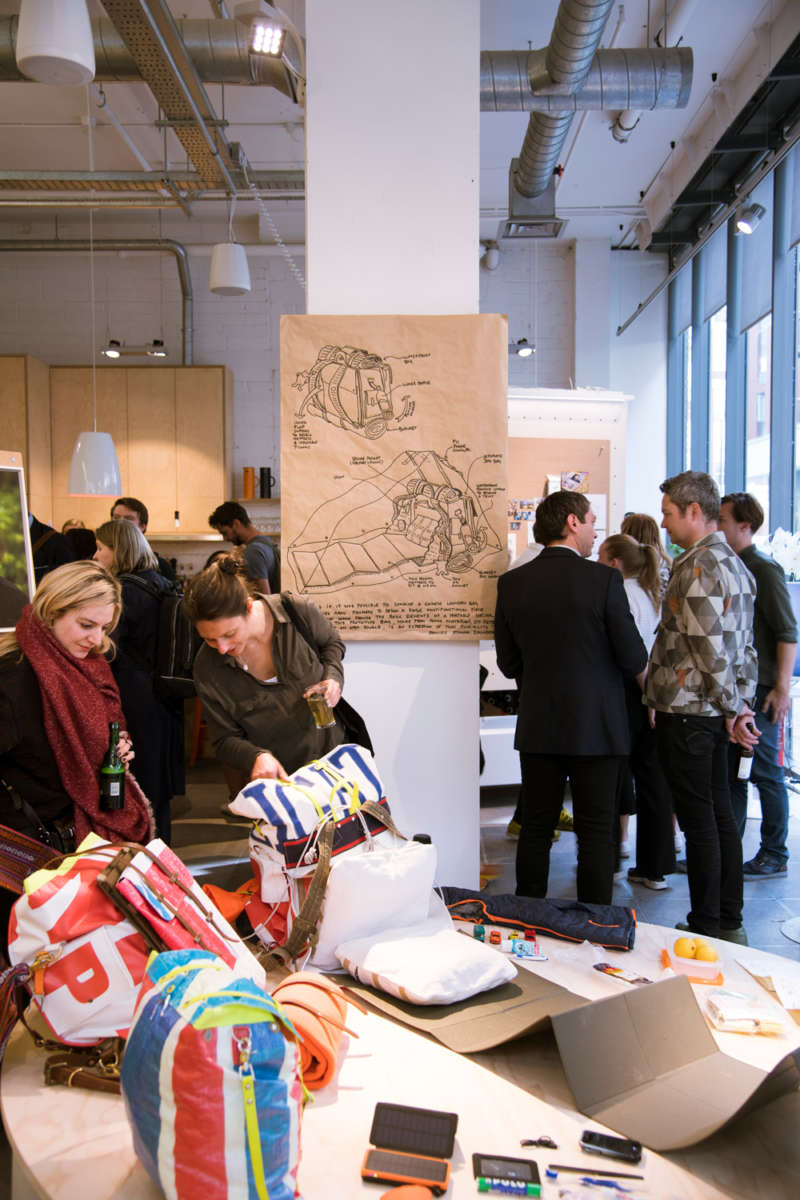
What Would You Take?
An exhibition to provoke conversations of place, possessions, memory and belonging
Displaced from home and country, the refugee has often little time to collect possessions and artefacts. Running away from danger, the impetus is to survive, as well as support friends and family. Objects are collected in haste; much is left behind, possibly never to be seen or touched again.
What Would You Take? is an installation by Studio Egret West that responds to this scenario, intending to provoke conversation around the themes of place, possessions, memory and belonging. It explores the relationship between the refugee’s essentials (food and shelter) and the cultural (history, traditions, memories), and what happens once the initial panic is over, where attention turns to connecting back to one’s sense of identity, as well as re-establishing human dignity.
The installation builds on the work by the writer Frances Stonor Saunders, whose collaboration with the Estonian photographer Kaupo Kikkas has resulted in a series of photographs of, and authored pieces by, individuals who are bearers for the memory of migration, as seen through the cherished objects they have chosen for the journey. The installation invites you to walk among the combination of images and words, and question what happens to our personal identity and our needs when we travel from one dimension of our lives to another. What can we take with us, and how do we make the physical and emotional crossing?
The centrepiece of the installation is a prototype bag designed by Studio Egret West in collaboration with bag-maker Carlos Quinones. In late 2018, Frances asked us to consider ways to answer the essential needs of refugees with a bag based on the Swiss army penknife principle of multi-functional, practical, integrated design. Our response is an evolving project, a portable bag design that is an assemblage of different practicalities: a sling for carrying a baby; a blanket for warmth; a waterproof tent that doubles up as a poncho; a sleeping mat; a screen for privacy; and a holder of belongings.
On top of this basic functionality, we have explored different scenarios in materials and add-ons: solar energy-harnessing material; concealed compartments for documentation; repurposed, easily available material; different packs for adults and children; carabineers, hoops and eyelets for increased capacity. Furthermore, with the potential to be tailored through materiality, the bag can reflect the cultural background of the owner, allowing unique creations that evoke positive memories of the place left behind.
For us as a studio of architects, urban designers and place-makers, the design of the bag reflects the degree zero of architecture - a nomadic shelter. Intended as a prototype for future bags, it will be freely available as an open source pattern.






